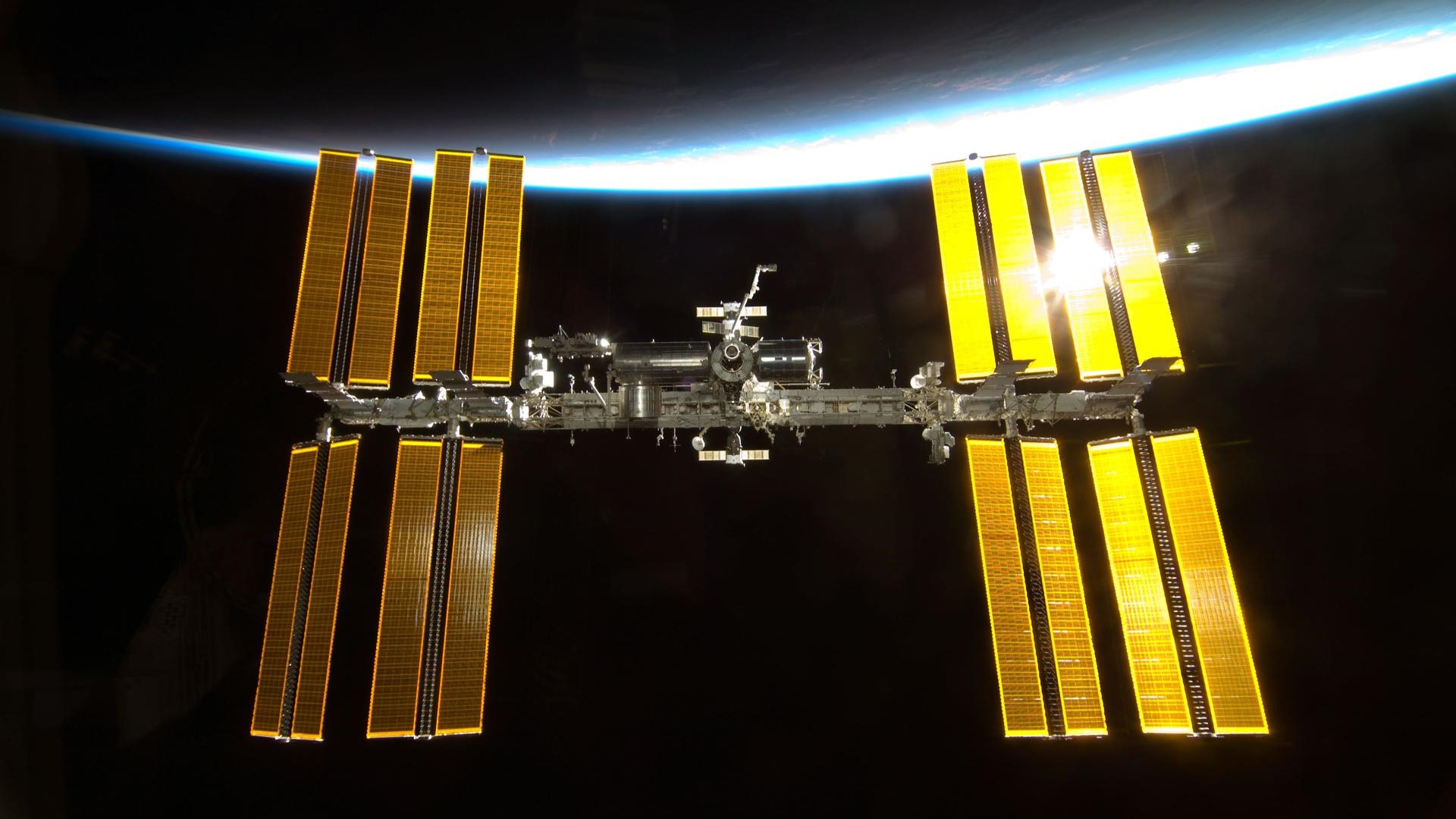
NASA is preparing to destroy the International Space Station (ISS), awarding SpaceX an up to $843 million contract to push the station safely out of orbit and back to Earth.
According to the space agency's plans, SpaceX's specially designed deorbit vehicle will drag the football field-size ISS back to Earth sometime after the end of its operational life in 2030. The ISS will smash into our planet's atmosphere at a speed of more than 17,000 mph (27,500 km/h) before landing in a crashdown spot in the ocean.
Deorbiting the space station "supports NASA's plans for future commercial destinations and allows for the continued use of space near Earth," Ken Bowersox, NASA's associate administrator for Space Operations Mission Directorate, said in a statement.
The floating laboratory's first parts were launched in 1998, and it has been occupied by astronauts from the U.S., Japan, Russia, Canada and Europe since 2000, who have completed more than 3,300 scientific experiments in a close orbit above Earth.
But the space station is showing its age: technical faults and leaks continue to cause issues for crews, and the contracts between the five participating national space agencies — which marked an era of global cooperation in space following the end of the Cold War — will end by 2030.
The ISS also faces risks from the growing problem of space junk — orbital debris made of other defunct satellites, whipping around Earth at high speeds. On thursday (June 27) nine astronauts aboard the ISS were forced to take shelter in the docked Boeing Starliner crew capsule after hundreds of pieces of debris from a shattered Russian satellite threatened the space station's safety. The crew were allowed to return to the ISS after about an hour, and operations continued as normal.
Related: What is Point Nemo, the remote, watery satellite graveyard where the ISS will go to die?
But it's still unclear exactly when the space station will be brought crashing back to Earth. The 2030 end date is in NASA's budget, but the space agency is committed to operations throughout 2030.
"There's nothing magical that happens in 2030," Steve Stich, manager of NASA's commercial crew program at Johnson Space Center (JSC) in Houston, said at a Jan. 25 news conference.
The ISS will likely continue its work until the commercial space stations slated to replace it come online, Stich added. These include Axiom Space's Axiom Station, and the Orbital Reef designed by Blue Origin and Sierra Space. Both stations are slated to come online by the end of this decade.
When the ISS is ready to be destroyed, it is also unclear how much other space agencies will shoulder the burden. NASA said in its statement that "the safe deorbit of the International Space Station is the responsibility of all five space agencies," but the extent of their financial or technical involvement in SpaceX's drag-and-dump is unspecified.
The ISS's fiery descent won't be the first performed by a decommissioned space station. In 2001, Russia's Mir space station was sent plummeting back to Earth, and its surviving fragments were swallowed by the Pacific Ocean.







